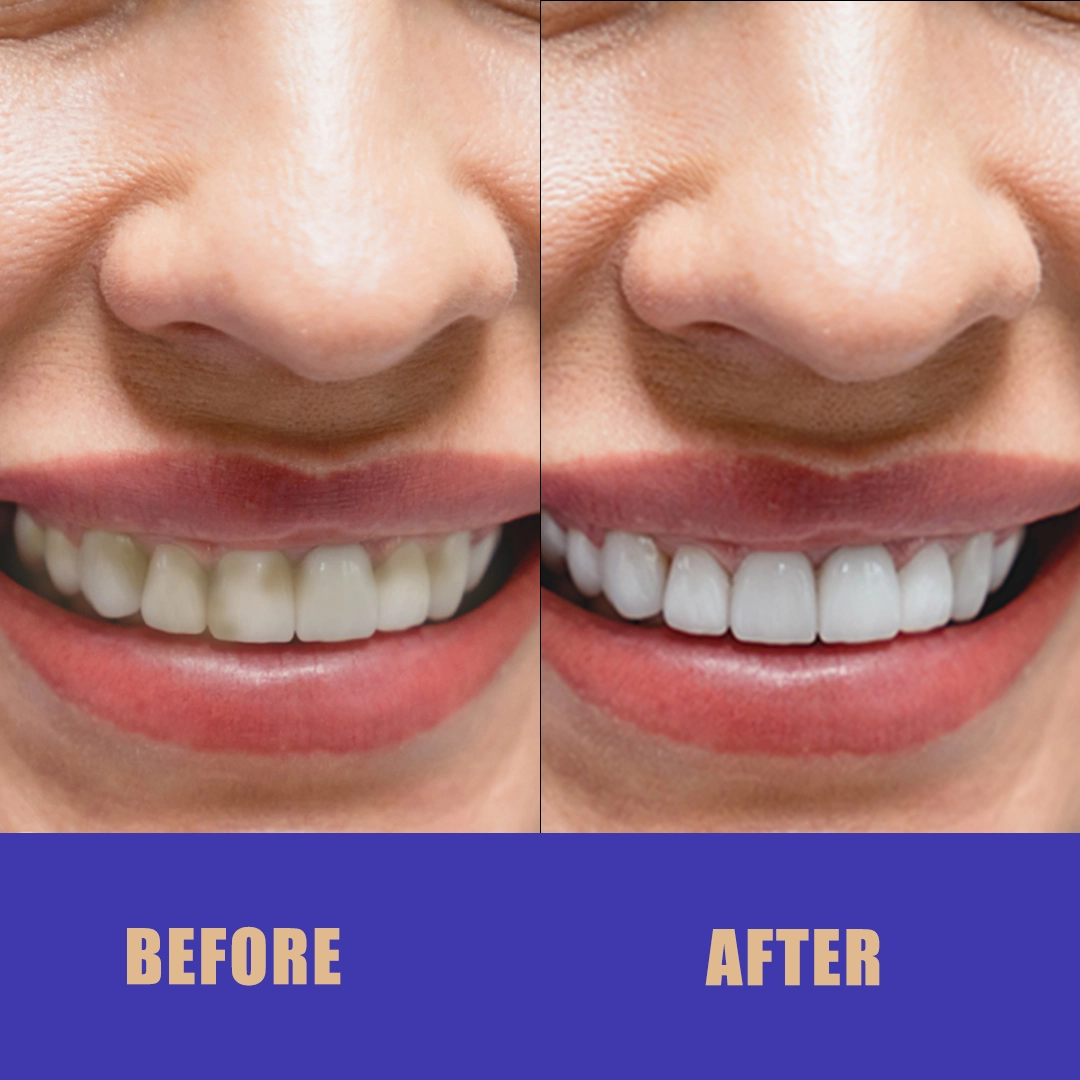Retaining walls are a vital part of many landscapes. They provide both functional and aesthetic benefits.
Choosing the right retaining wall blocks is crucial. It can make the difference between a wall that lasts and one that doesn’t.
This article will guide you through the process. We’ll cover everything from the types of blocks to the factors you need to consider.
Whether you’re a homeowner, a DIY enthusiast, or a professional landscaper, this guide is for you.
By the end, you’ll be equipped to make an informed decision on the best retaining wall blocks for your project.

Understanding Retaining Wall Blocks
Retaining wall blocks are specialized units used in the construction of retaining walls. These walls are designed to hold back soil and prevent erosion, especially in sloped areas.
Retaining wall blocks come in a variety of materials. These include concrete, stone, and brick. Each material has its unique characteristics and benefits.
Here are some key points to understand about retaining wall blocks:
- They provide structural support to landscapes and gardens.
- They come in a variety of shapes, sizes, and colors to suit different design preferences.
- Some blocks are interlocking, providing additional stability.
- The choice of block can impact the longevity and durability of the wall.
Understanding these basics will help you make an informed decision when choosing retaining wall blocks for your project.
Concrete Retaining Wall Blocks
Concrete retaining wall blocks are a popular choice for many homeowners. They are known for their durability and strength, making them ideal for larger, structural walls.
These blocks come in a variety of shapes and sizes. This allows for flexibility in design and installation. They can be easily stacked and arranged to create a wall that fits your landscape perfectly.
However, concrete blocks may lack the natural aesthetic appeal of stone or brick. They can be painted or stained to enhance their appearance.
Stone Retaining Wall Blocks
Stone retaining wall blocks offer a natural and rustic look. They are often used in gardens and landscapes that aim for a more organic feel.
Stone blocks are extremely durable and can last for decades with minimal maintenance. They are also available in a variety of colors and textures, adding to their aesthetic appeal.
However, stone blocks can be more expensive and harder to install than other types. Professional installation may be required for larger projects.
Garden Wall Blocks
Garden wall blocks are smaller and lighter than other types. They are ideal for creating decorative walls, planters, and borders in your garden.
These blocks are easy to handle and install, making them a great choice for DIY projects. They come in a variety of colors and designs to complement any garden style.
However, garden wall blocks may not be suitable for larger, structural retaining walls due to their size and weight.
Interlocking Retaining Wall Blocks
Interlocking retaining wall blocks are designed to fit together securely. This design enhances the stability of the wall and makes installation easier.
These blocks are a good choice for both structural and decorative walls. They offer a clean, uniform look and require less maintenance than other types.
However, interlocking blocks may offer less design flexibility. They typically come in standard shapes and sizes, limiting customization options.
Factors to Consider When Choosing Retaining Wall Blocks
Choosing the right retaining wall blocks for your project involves several considerations. These factors can influence the success of your project, its cost, and the longevity of your wall.
Firstly, consider the purpose of your wall. Is it purely decorative, or does it need to support a significant load? This will influence the type of blocks you choose. Structural walls require stronger, larger blocks, while decorative walls can use lighter, more aesthetically-focused blocks.
Secondly, consider the climate and environmental conditions in your area. Some materials may not withstand certain weather conditions as well as others. For example, in areas with frequent freeze-thaw cycles, choose blocks that can withstand these conditions without cracking or deteriorating.
Here are some key factors to consider:
- Purpose of the wall (structural or decorative)
- Climate and environmental conditions
- Aesthetic preferences
- Budget
- Installation process and requirements
- Maintenance requirements
Lastly, consider your budget. Different types of retaining wall blocks come at different price points. While stone blocks may offer a high-end look, they can also come with a higher price tag. Concrete blocks, on the other hand, are often more affordable and still offer good durability and strength.
Remember, the right retaining wall blocks for your project will balance functionality, aesthetics, and cost-effectiveness. Take the time to consider all these factors before making your final decision.
Installation and Maintenance
Installation Process
The installation process for retaining wall blocks can vary depending on the type of blocks you choose. Some blocks are designed for easy, DIY installation, while others may require professional assistance.
For example, interlocking retaining wall blocks are designed to fit together easily, making them a popular choice for DIY projects. These blocks often come with detailed installation instructions, making the process straightforward even for beginners.
On the other hand, stone retaining wall blocks can be heavier and more difficult to install. They may require special tools and techniques, and in some cases, professional installation may be recommended. Always consider the installation process when choosing your retaining wall blocks.
Maintenance Requirements
Different types of retaining wall blocks also have different maintenance requirements. Some materials, like concrete, may require little to no maintenance, while others, like natural stone, may require regular sealing to maintain their appearance and durability.
Consider your willingness and ability to perform regular maintenance when choosing your blocks. If low maintenance is a priority for you, opt for materials that require less upkeep. Remember, proper maintenance can extend the lifespan of your retaining wall and keep it looking its best for years to come.
Cost and Budget Considerations
The cost of retaining wall blocks can vary widely depending on the material, size, and design. Concrete blocks are often the most affordable option, while natural stone blocks can be more expensive due to their unique aesthetic appeal and durability.
It’s important to consider not only the upfront cost of the blocks themselves but also the cost of installation and maintenance over time. A cheaper block may end up costing more in the long run if it requires frequent repairs or replacement. Always factor in your budget when choosing the right retaining wall blocks for your project.
Environmental and Climate Considerations
When choosing retaining wall blocks, it’s crucial to consider the environmental impact of the materials used. Some blocks are made from recycled or reclaimed materials, making them a more sustainable choice.
Climate is another important factor. The blocks you choose should be able to withstand the weather conditions in your area. For instance, in colder climates, freeze-thaw cycles can cause some materials to crack or crumble. Therefore, it’s essential to select blocks that are durable and weather-resistant.
Aesthetic Appeal and Design Flexibility
The aesthetic appeal of retaining wall blocks is a significant factor to consider. The blocks you choose should complement your garden’s style and the overall landscape design. They come in various colors, textures, and sizes, offering a wide range of design possibilities.
Moreover, some blocks are designed to interlock, allowing for more complex and flexible designs. Whether you’re aiming for a traditional or modern look, there’s a retaining wall block that can help you achieve your desired aesthetic.
Structural Integrity and Load-Bearing Capacity
The structural integrity and load-bearing capacity of retaining wall blocks are crucial factors to consider. These characteristics determine the wall’s ability to withstand the pressure exerted by the soil it’s retaining.
Different types of blocks have varying strengths. For instance, stone retaining wall blocks are known for their high load-bearing capacity. It’s essential to choose blocks that can handle the weight they’ll be subjected to, especially for walls retaining large amounts of soil or those built in areas with heavy rainfall.
Legal and Zoning Considerations
Before starting your retaining wall project, it’s important to understand the legal and zoning considerations. Some areas have specific regulations regarding the height, location, and materials of retaining walls.
Failure to comply with these regulations can result in fines or the need to modify or remove the wall. Always check with your local building department or homeowners association to ensure your project meets all necessary requirements.
Case Studies and Real-World Examples
To illustrate the versatility and functionality of retaining wall blocks, let’s look at some real-world examples. A homeowner in California used interlocking concrete blocks to create a multi-tiered garden on a sloped backyard. The blocks provided stability, prevented soil erosion, and added aesthetic appeal to the landscape.
In another case, a landscape architect in Colorado used stone retaining wall blocks to build a curved wall around a patio. The wall not only enhanced the outdoor space but also served as additional seating for guests. These examples demonstrate the practical and aesthetic possibilities of retaining wall blocks.
Conclusion and Next Steps
Choosing the right retaining wall blocks is a crucial step in creating a functional and visually appealing landscape. Consider factors like material, cost, installation, and maintenance requirements. Consult with professionals if needed, and remember, a well-designed retaining wall can enhance your outdoor space and potentially increase property value.





Leave a Reply